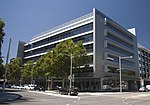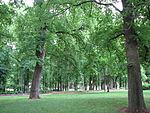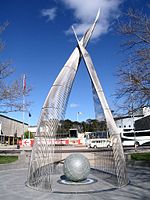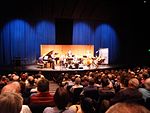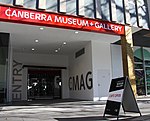Cooperative Research Centre
Cooperative Research Centres (CRCs) are an Australian Federal Government program and are key bodies for Australian scientific research. The Cooperative Research Centres Programme was established in 1990 to enhance Australia's industrial, commercial and economic growth through the opined development of sustained, user-driven, cooperative public-private research centres that achieve high levels of outcomes in adoption and commercialisation. The program emphasises the importance of collaborative arrangements to maximise the benefits of research through an enhanced process of utilisation, commercialisation, and technology transfer. It also has an education component with a focus on producing graduates with skills relevant to industry needs. Most CRCs offer scholarships for postgraduate students.The CRC programme is administered by the Commonwealth Department of Industry and Science. Reviews of the CRC programme have been regularly undertaken. In 2012, an independent impact study found that from 1991 to 2017 CRCs generated a net economic benefit of $7.5 billion. This equates to an annual contribution of $278 million, or around 0.03 percentage points to GDP.The Cooperative Research Centre Association (CRCA) was established on 1 December 1994 to promote the CRC program while also acting as a conduit for information sharing and learning between CRCs. Over time the role has evolved to the extent that today the CRCA is recognised as the principal non-Government advocate of the CRC Program.
Excerpt from the Wikipedia article Cooperative Research Centre (License: CC BY-SA 3.0, Authors).Cooperative Research Centre
Binara Street, Canberra City
Geographical coordinates (GPS) Address Nearby Places Show on map
Geographical coordinates (GPS)
| Latitude | Longitude |
|---|---|
| N -35.281816666667 ° | E 149.13386388889 ° |
Address
Industry House
Binara Street 10
2601 Canberra, City
Australia
Open on Google Maps
